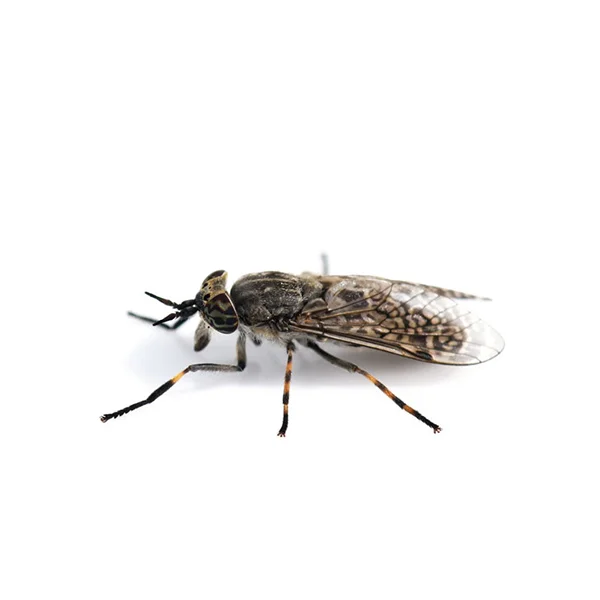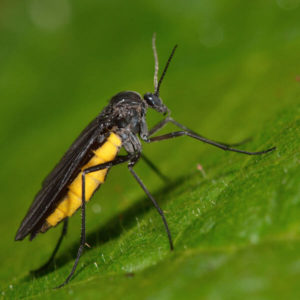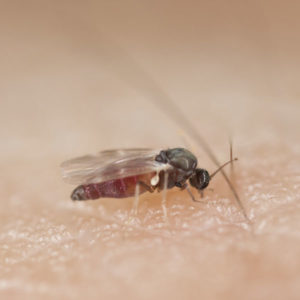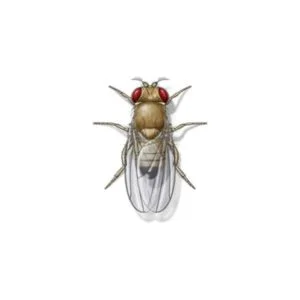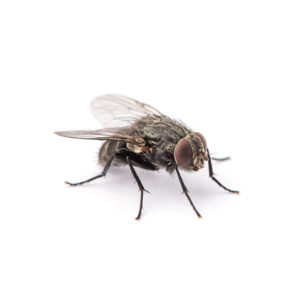Horse Flies in San Angelo
Horse flies and deer flies are notable for their large, robust bodies and their tenacious nature as pests for wildlife, livestock, and humans. Their blood-sucking habits also raise concerns about the potential transmission of disease agents. These flies are notorious pests for various mammals, including horses, mules, cattle, hogs, dogs, and humans. Deer flies, in particular, are smaller and have dark bands across their wings and colored eyes, similar to horse flies. They are known for frequently biting humans.
Even a few of these persistent flies can make outdoor activities and work highly unpleasant, as they can be relentless in their pursuit of a blood meal. Preventive measures and management strategies are often necessary to minimize their impact and maintain comfort outdoors.
Horse Fly Habitat
Horse flies and deer flies are often associated with aquatic habitats that support the development of their larvae. These flies are commonly found in areas with brush or low-lying pastures near creeks, streams, or tanks that provide damp soils, which are essential for the growth of their immature stages. They thrive in various natural environments, including freshwater wetlands, saltwater marshes, and open spaces within forests.
To survive, the larvae of these flies burrow down into the sand or gravel substrate of the water bodies they inhabit. These aquatic habitats play a crucial role in the life cycle of horse flies and deer flies, making them prevalent in areas near water sources that support their larval development. Understanding their habitat preferences is essential in managing and minimizing their presence in areas where humans, wildlife, and livestock are present.
Horse Fly Behaviors, Threats, or Dangers
Female horse flies and deer flies are capable of and willing to bite humans, causing painful bites that can occur on any part of the body. The bites often result in visible bleeding wounds, and applying general first aid-type skin creams may help to alleviate the pain caused by the bites. In rare cases, individuals may experience allergic reactions, such as hives and wheezing, in response to the bites.
These flies are also notable livestock pests due to their painful and persistent biting behavior. Heavy attacks on livestock can lead to reductions in weight gains for beef cattle and a decrease in milk yield for dairy cattle. As such, managing these flies is important not only for the comfort and well-being of humans but also for the health and productivity of livestock. If you are dealing with a horse fly issue on your property, contact your local fly exterminators.

